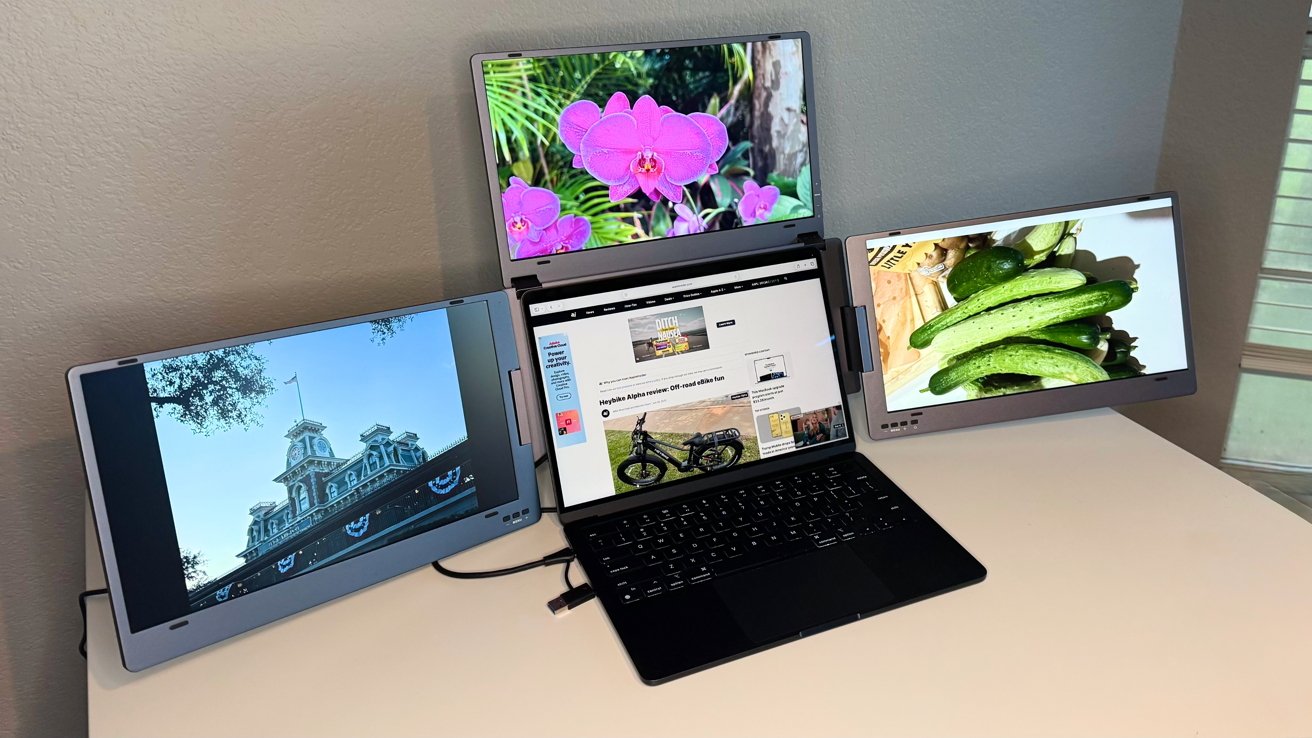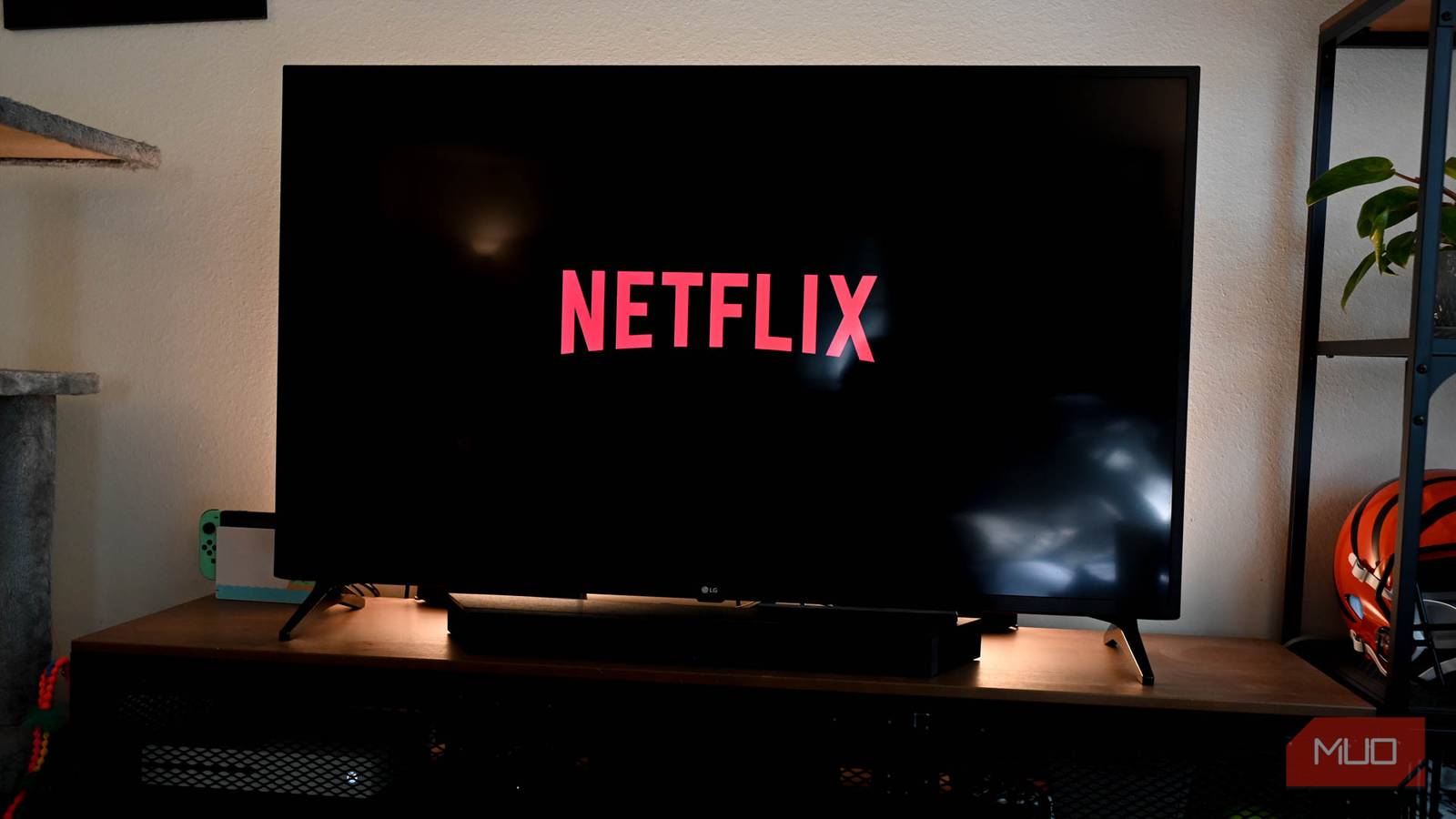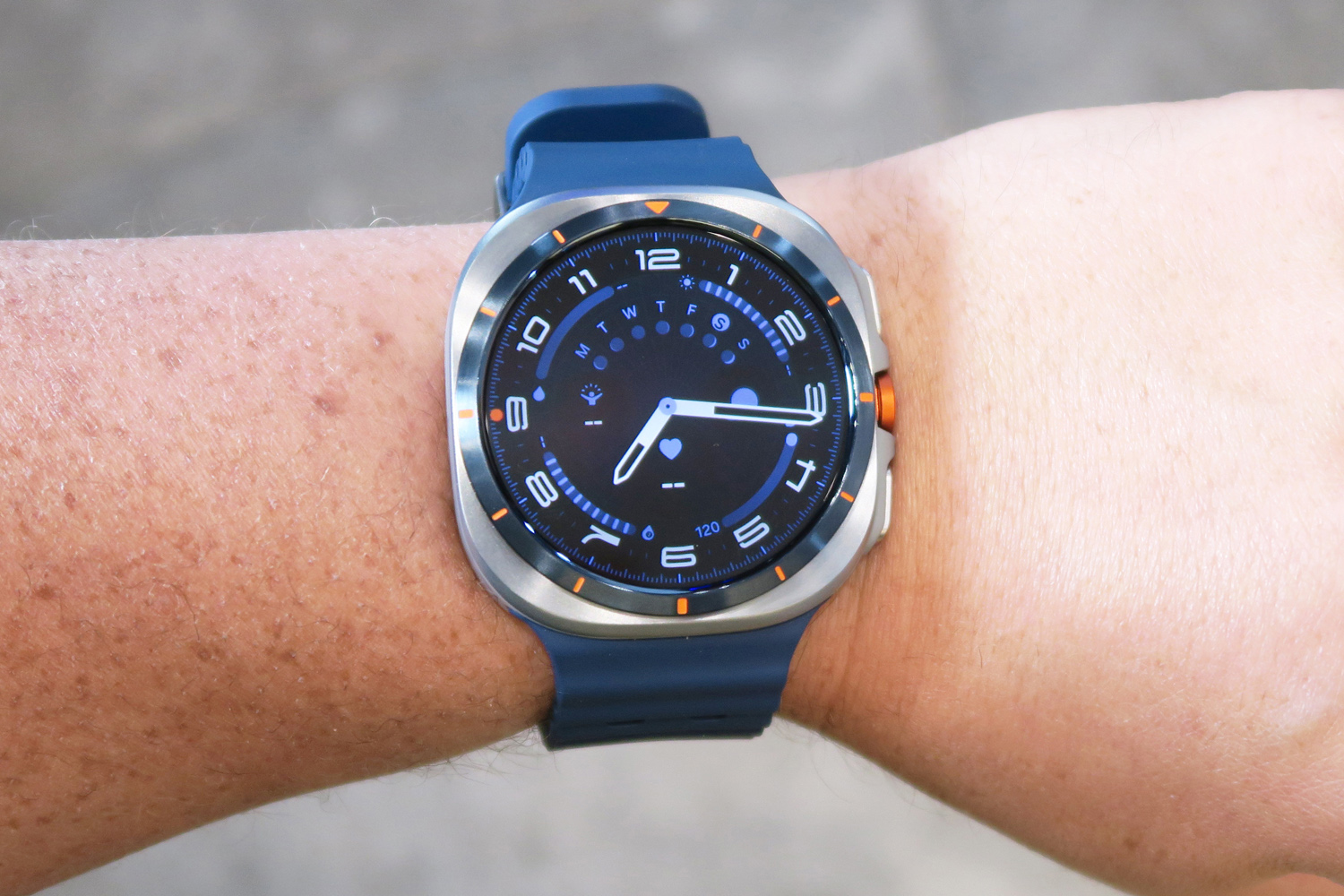The Aura Triple Boost 14 Pro adds three 14-inch folding displays to your MacBook Pro, for when you really need to work on the move — assuming you’ve got the cargo capacity.
One of the main benefits of having a desktop computer is the ability to use multiple monitors. With more than one screen at your disposal, your digital workspace increases considerably, allowing you to see and work on more things at once time.
At a desk with a Mac mini or Mac Studio, this is an environment that is easy to create. It becomes a much tougher problem when it comes to portable workstations.
This is, of course, complicated by early Apple Silicon monitor limits.
While on the go, you do have the option of using Sidecar to turn an iPad into a second display, but you may also want to actually use your tablet. We like Sidecar, and we use it a lot.
It’s also limited to one iPad per host computer.
There’s also the slowly growing market of portable displays, designed for this specific purpose. The Aura Triple Boost 14 Pro provided to us by the company for this review takes the concept to its logical extreme.
Why stop at one extra monitor when you can have three of them. And, it will work just fine on your early Apple Silicon Mac that’s limited to a single external USB-C display.
Aura Triple Boost 14 Pro review: Design
The Triple Boost 14 Pro is a triple-screen extender, designed for notebooks like the 14-inch MacBook Pro or an iPad Air. There are three screens in total, which are meant to be positioned to the right, the left, and above your monitor’s display.
The three screens are each attached to an aluminum stand, which is freestanding thanks to its built-in kickstand. It sits behind the notebook instead of clipping onto it, so there’s no worry of it pulling the MacBook Pro over accidentally, which is a problem we’ve had with other models.
The hinges allow each screen to be angled either horizontally or vertically, depending on the position, so they can be angled in for the user to see them clearly.
The result is a portable workstation where you have four screens at your disposal, including your built-in. Though at a weight of 4.7 pounds, you really should justify bringing it around with you.
Aura Triple Boost 14 Pro review: Displays
The three screens are all the same, as they are 14-inch screens with a resolution of 1,920 by 1,080 pixels. They are pretty conventional by most metrics, except for how they are housed.
The default resolution is incredibly low. When you get it all configured, after installation of the included drivers, jack up the resolution to 1920×1080. You won’t be sorry.
Anyway, the unit uses matte IPS panels, with 100% sRGB coverage, a 60Hz refresh rate, a 16:9 aspect ratio, and 178 degrees of visibility. At 300 nits and with a 1,500:1 contrast ratio, it’s not going to blow anyone’s mind with picture quality, nor is it anywhere close to Apple’s “Retina” display that you’ll likely be pairing it with.
It’s good enough to get the job done, though.
After installation and execution of the Silicon Motion display driver that the company includes on a USB-A and USB-C flash drive, you use Displays for the normal arrangement process. You’ve got Extended and Mirror options in the driver, and Extended, Mirror, and Portrait options available in Monitors.
So, what you want to do here, is select Extended in the driver control panel, and deal with the monitors in the normal Displays control panel.
The hinged arrangement also allows for a few novel use cases for the display. For example, you could form a triangle with the two displays and the rear panel and raise the top display up for a meeting mode where everyone can see the same screen image.
There was an original series Star Trek briefing room that had something that this configuration reminds me of. This picture is of a fan film set, in particular, the Neutral Zone studios set that I toured in 2024 before they moved, but my mind kept going back to it during this review.
Anecdote from a well-spent youth and return trip north aside, you could also do screen mirroring with someone facing opposite you, by folding the main display all the way back. There’s an automatic rotation feature, so that display will always be shown “correctly” to other people if it’s folded that far back.
These are pretty neat and, depending on the context, useful ways to take advantage of having so many screens available to use.
Aura Triple Boost 14 Pro review: Connectivity and usage
The entire setup runs off a single USB-C cable connected to the MacBook Pro. The cable handles both the data to the displays as well as the charging, so there’s no separate power cable needed.
This does mean you’re running three monitors off the MacBook Pro, which isn’t necessarily great if you’re watching your power. Running it through a powered dock or hub would be a sensible idea.
That said, it also has two USB-C ports, so you can power the display. We didn’t get meaningful charging from the monitor with external power plugged in.
In my testing, the battery drains about 10% faster with the monitors at 3/4 brightness and extending the display. Some of this is the additional processing load on the M2 MacBook Air we used as a test platform, and the rest is the drain from the screens.
As we’ve discussed already, the display works with any Apple Silicon model, including models like the M1, as well as Intel-based Macs.
For the entry-level chip in earlier Apple Silicon generations, you could only connect a small number of displays. For example, the M1 is limited to two external displays on a Mac mini, one external screen on a MacBook Air or MacBook Pro.
This is in software, and across a 5 Gbit USB-C connection, so it’s not the fastest in the world. In short, don’t expect millisecond-level timing for gaming. Other uses are fine, but save the split-second response timings for the MacBook display.
Aura is obviously doing some software trickery that others have used to enable more displays than Apple allows. With three 1080p screens, it’s going to run comfortably within Apple’s total allowable desktop resolution for entry-level chips, but getting past the limitation is a bit of driver trickery that works for the moment.
There’s always a possibility that Apple could break the support with a macOS update down the road. Though that may hang over your head while using this, it’s at least not an issue for now.
In our testing over the last two months, the driver app works fine on macOS 14, macOS 15, and macOS 26 beta 2. We haven’t tested it with Intel Macs yet, but we’ll update when we do.
When plugged into a host computer without the driver, the displays do nothing. This is expected given the Silicon Motion USB chipset in the unit.
With the host drivers, the display combo works fine with desktop Macs too. I will admit I’m not certain why you’d buy this for a desktop, though.
Aura Triple Boost 14 Pro review: Handy for power users
The Aura Triple Boost 14 Pro is an extravagant purchase to go with a MacBook Pro. Having more screens often means more opportunities for productivity, and you certainly get that impression here.
What works against it is that you have to carry around close to five pounds of extra weight, that’s almost two inches thick when folded. Sure, it’s lighter than three monitors and stands, but it’s going to be a problem for everyday portable use unless you absolutely need it.
So, you’re essentially still limited to a conventional desk.
The price is also a bit painful at $649 undiscounted. Even at a discounted $469. You could buy multiple compact 1080p displays for that money, albeit not all hinged up in this fashion, and not metal-enclosed.
If you break this out on the plane, you’re a jerk. In theory, it will work on long commuter trains or those day-long stretches, but it’s awkward.
You really need to consider your portable workflow needs here. If you’re mostly one-desk bound, consider what we think are some of the best monitors for the MacBook. Many of them are cheaper, and 4K to boot.
If you’ve got to bounce among a few desks, this is a pretty nice solution.
What you’re paying for here is not only screen estate, but an extra compact workspace that is reasonably easy to carry around and use.
Aura Triple Boost 14 Pro review – Pros
- Large workspace expansion
- Free-standing, with a burly kickstand
- One USB-C cable connection in most cases
Aura Triple Boost 14 Pro review – Cons
- 1080p displays
- Weight and size isn’t great for everyday portability
Rating: 3.5 out of 5 — at full retail price.
The Aura Triple Boost 14 Pro is a fun product. It’s engineered well, and it’s always amusing to surround a MacBook Air with a ton of displays. It’s just a little too bulky for day-to-day use and isn’t feasible at all on a moving vehicle. For the cost, you may be better served with a single, large iPad Pro or iPad Air.
At a discount, like is active on the day we published this review, it’s a more palatable cost-to-performance equation.
Where to buy the Aura Triple Boost 14 Pro
The Aura Triple Boost 14 Pro is available from Aura directly, priced at review time at a discounted $464 with $15 off promo code APPLEINSIDER. The retail price is $649.










